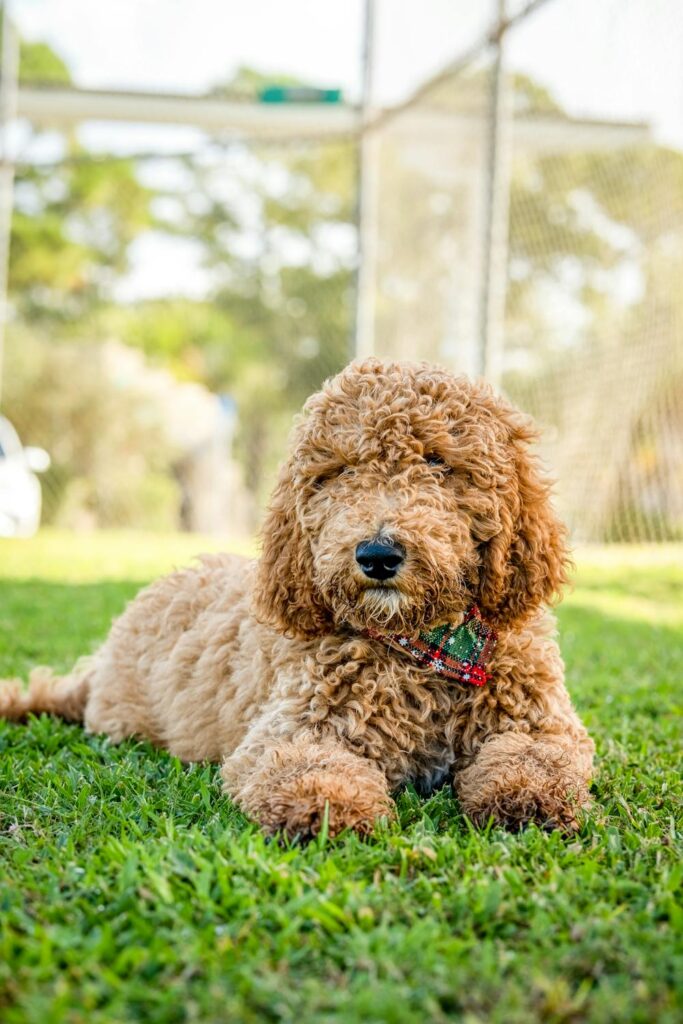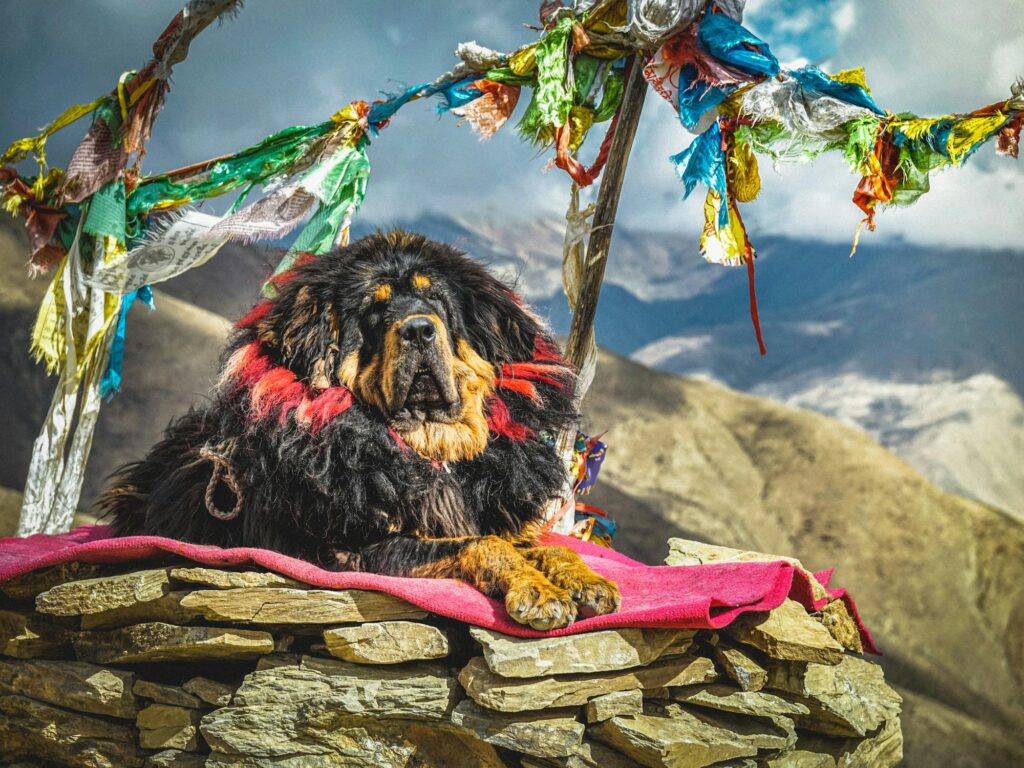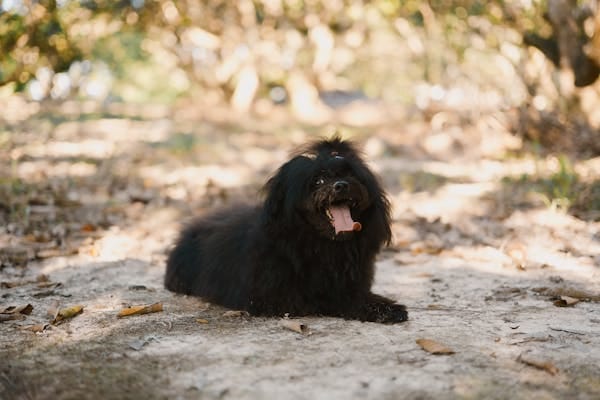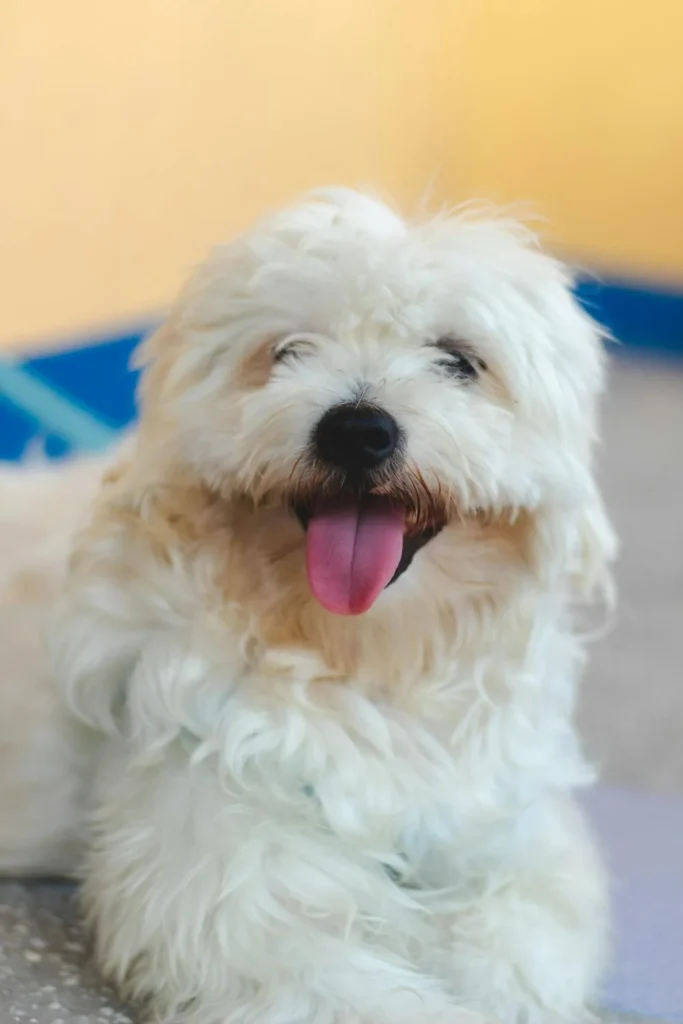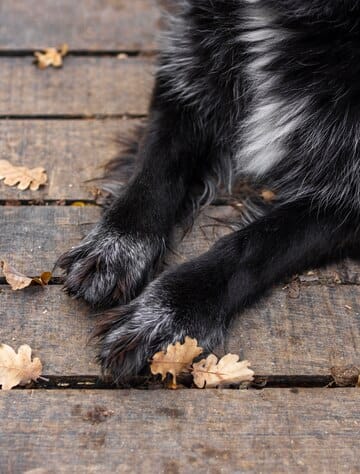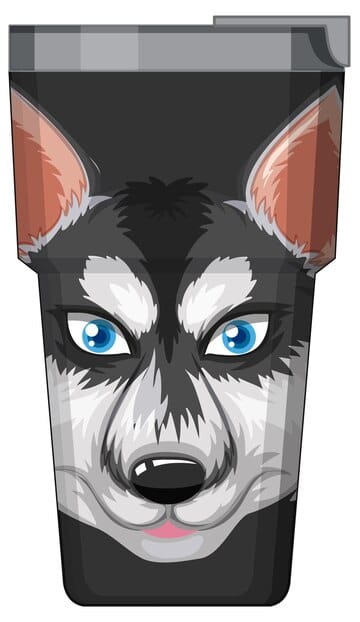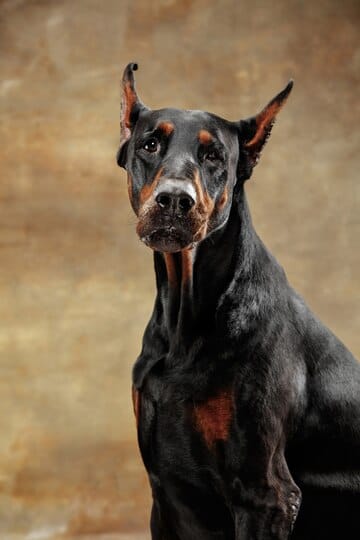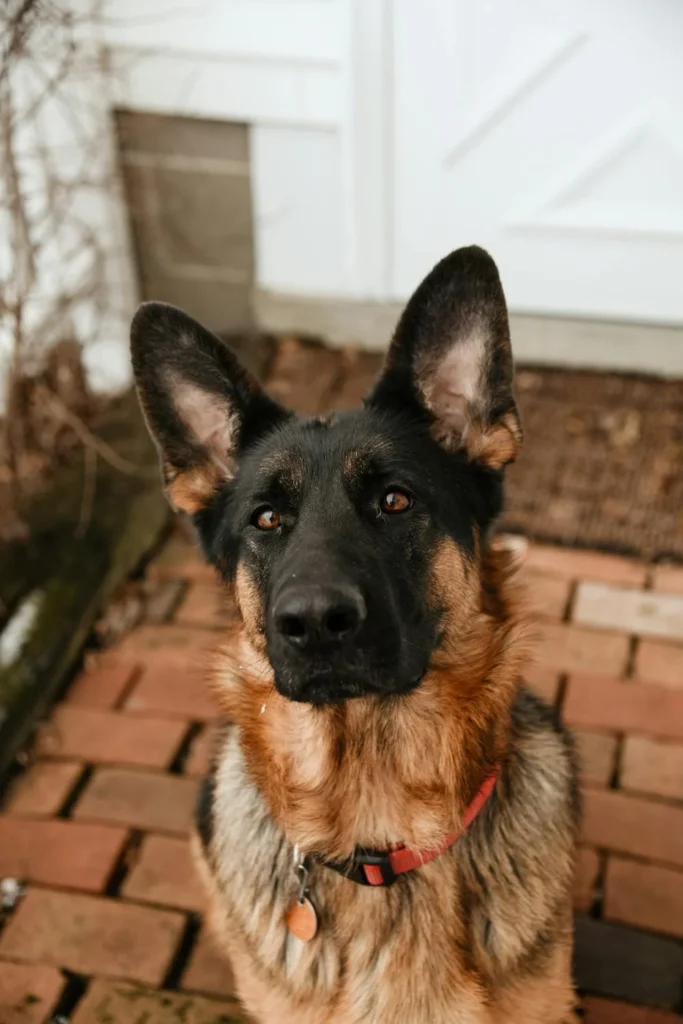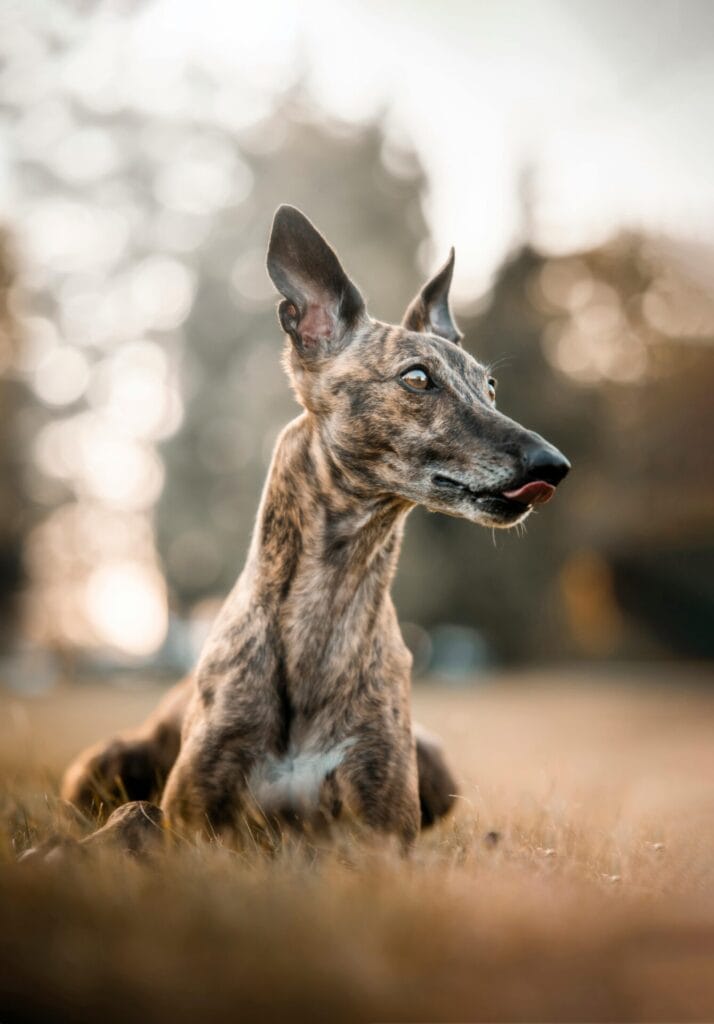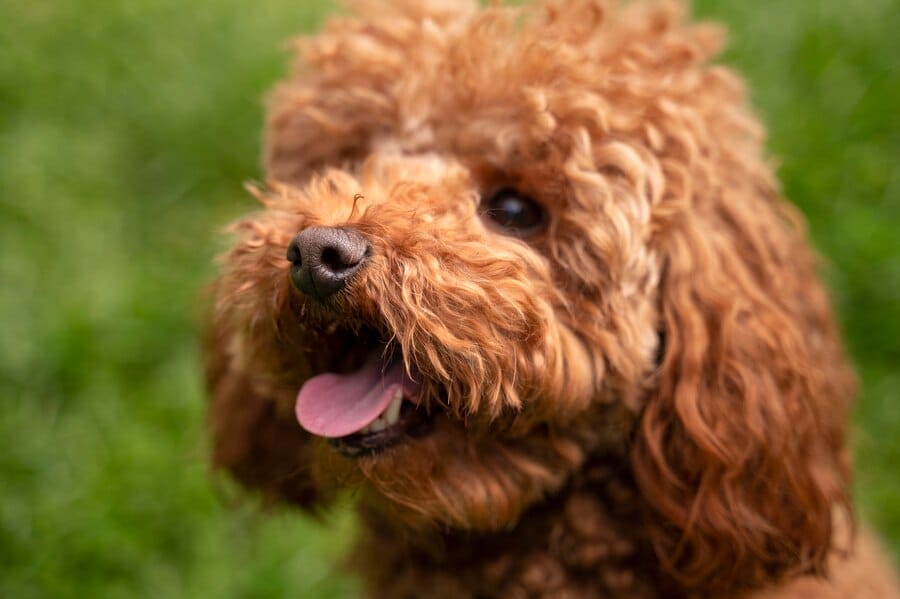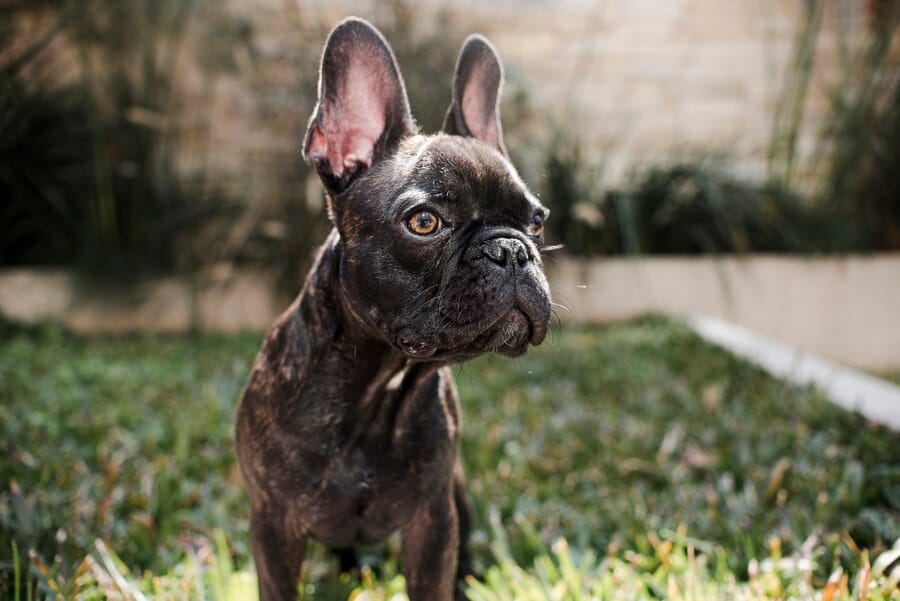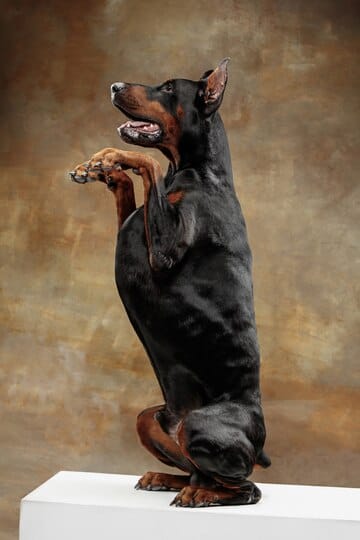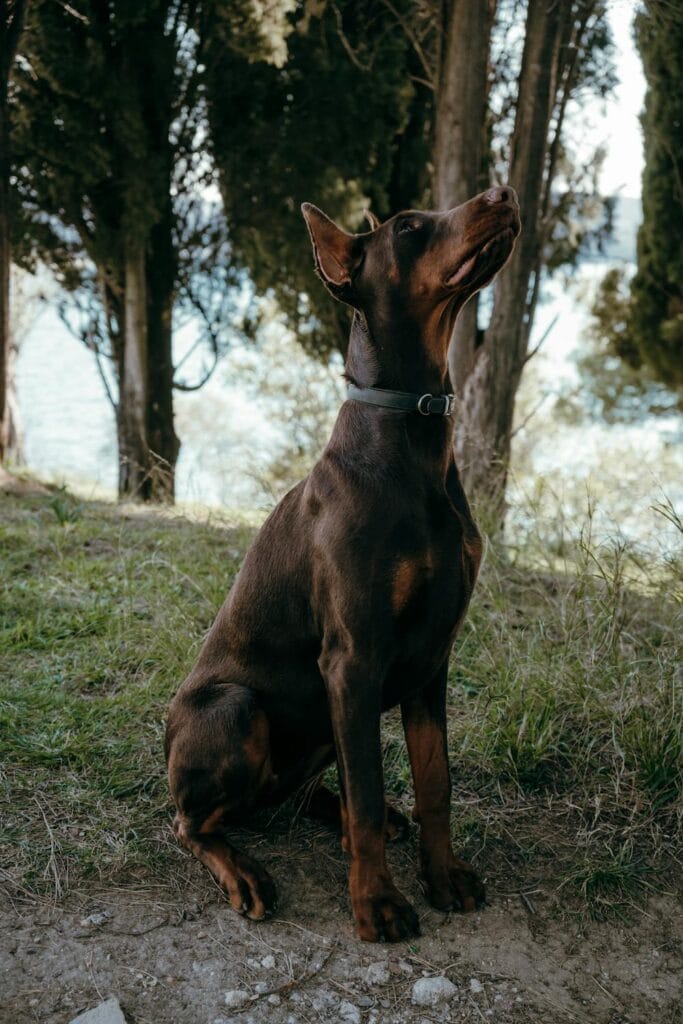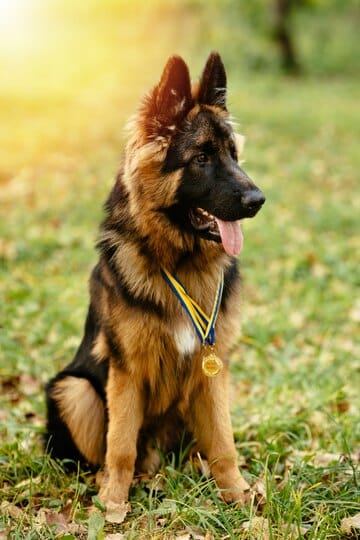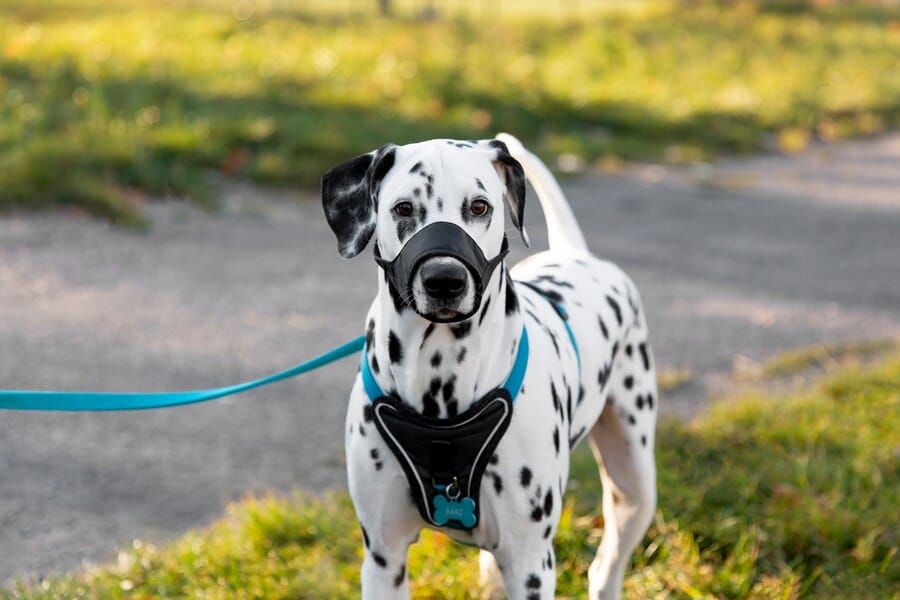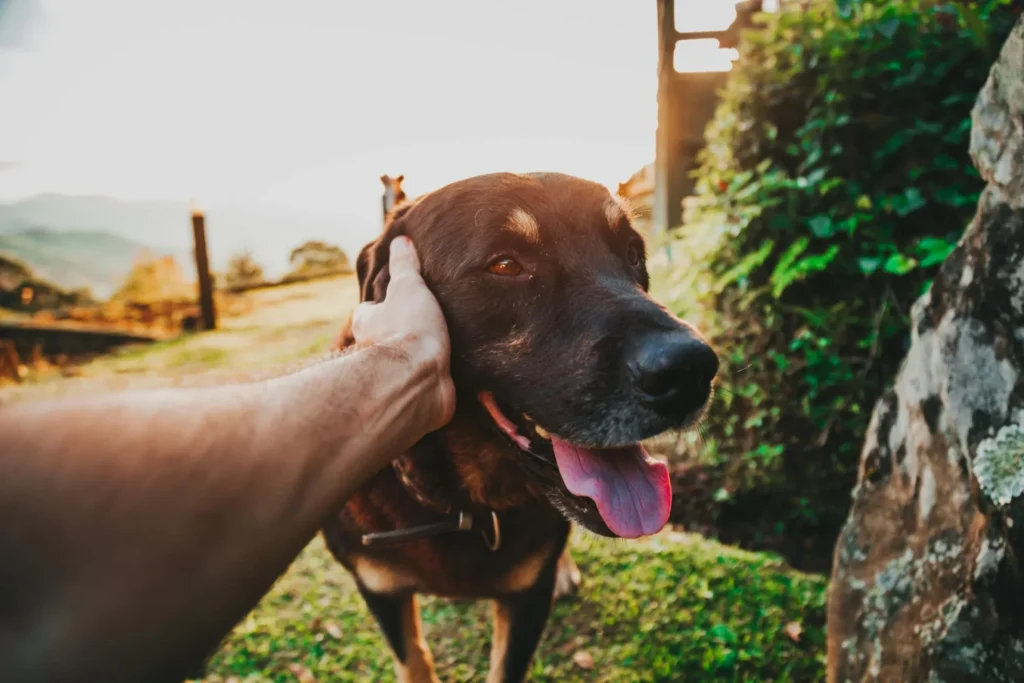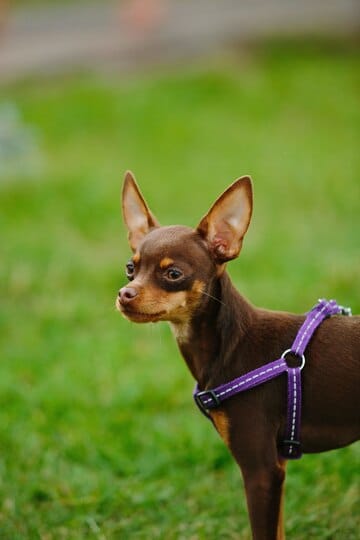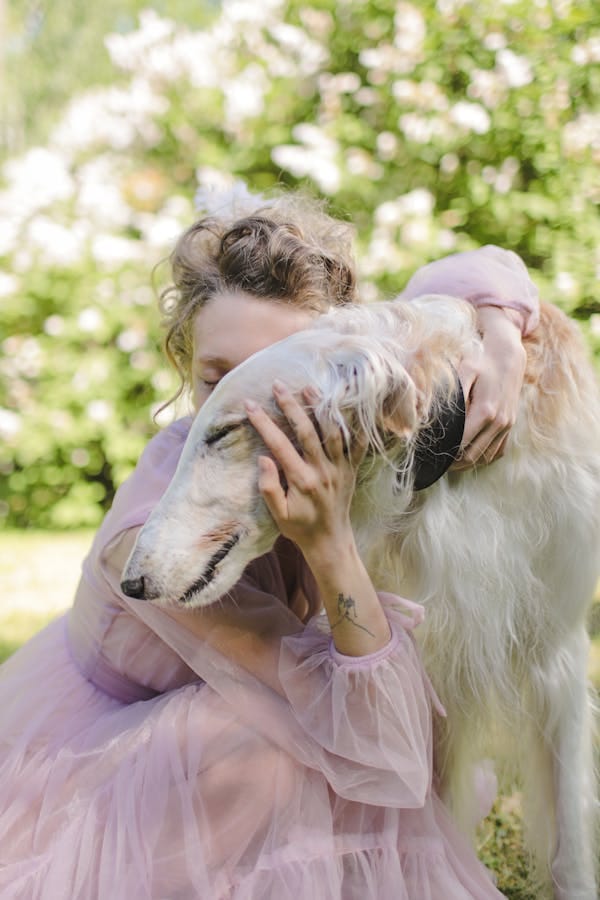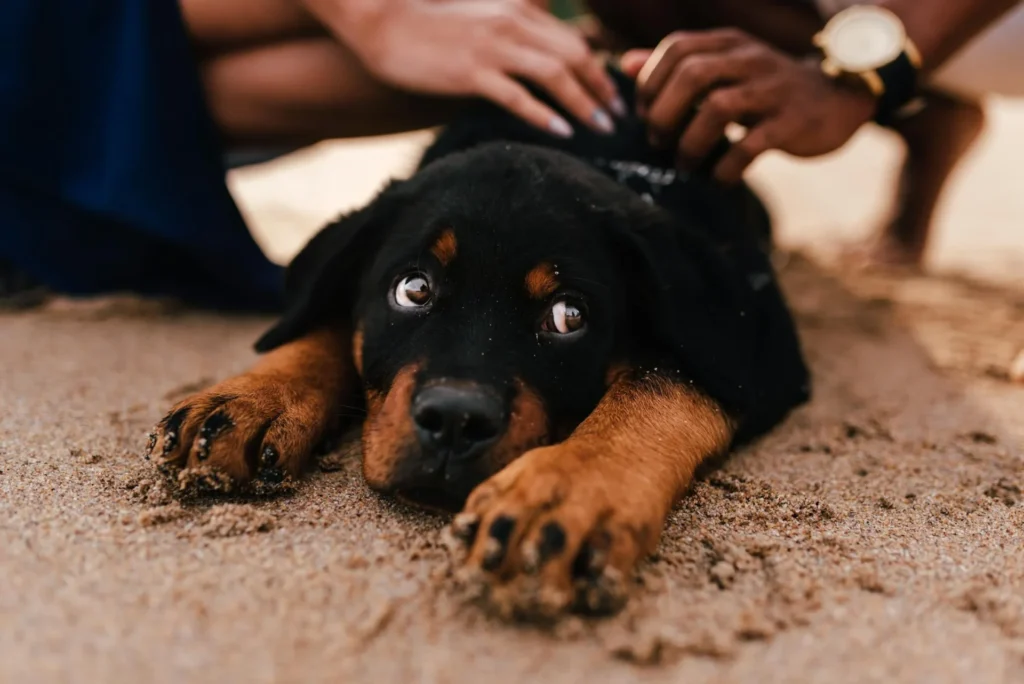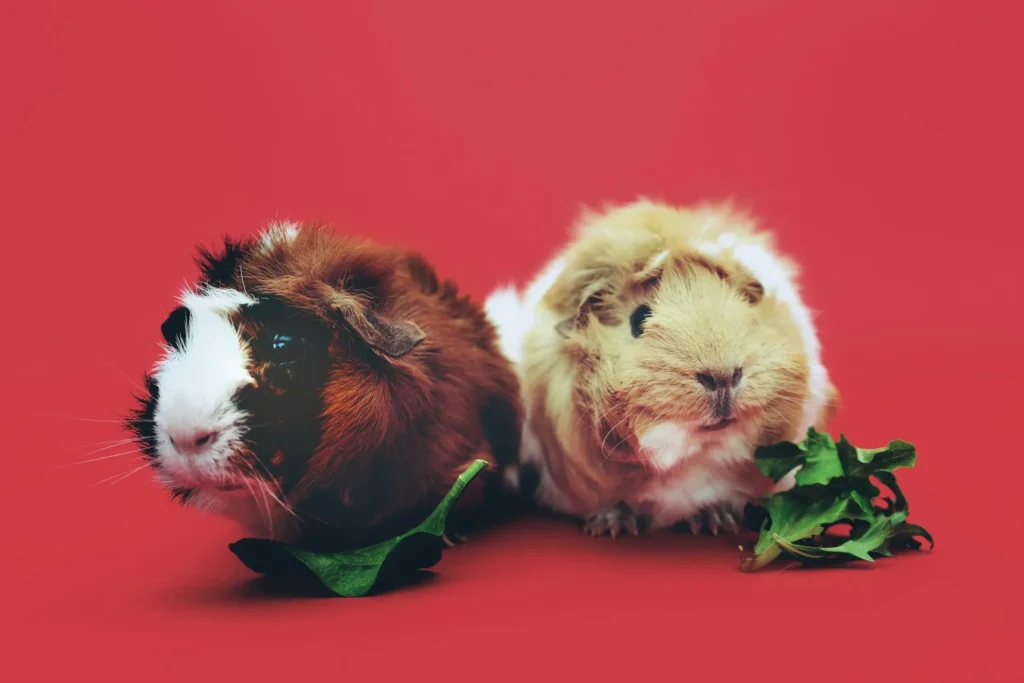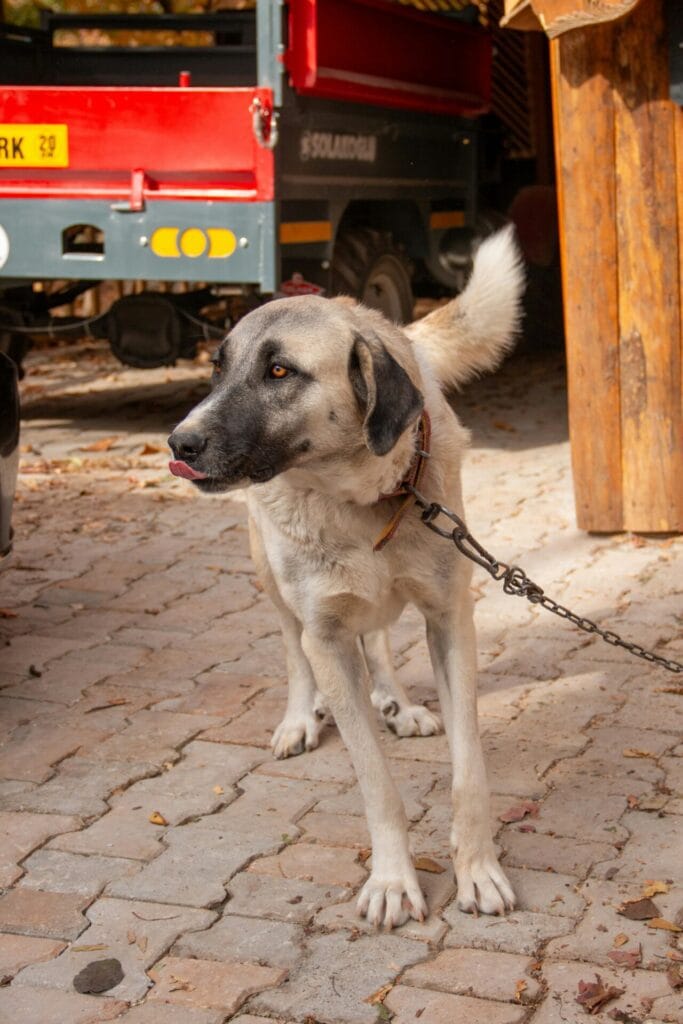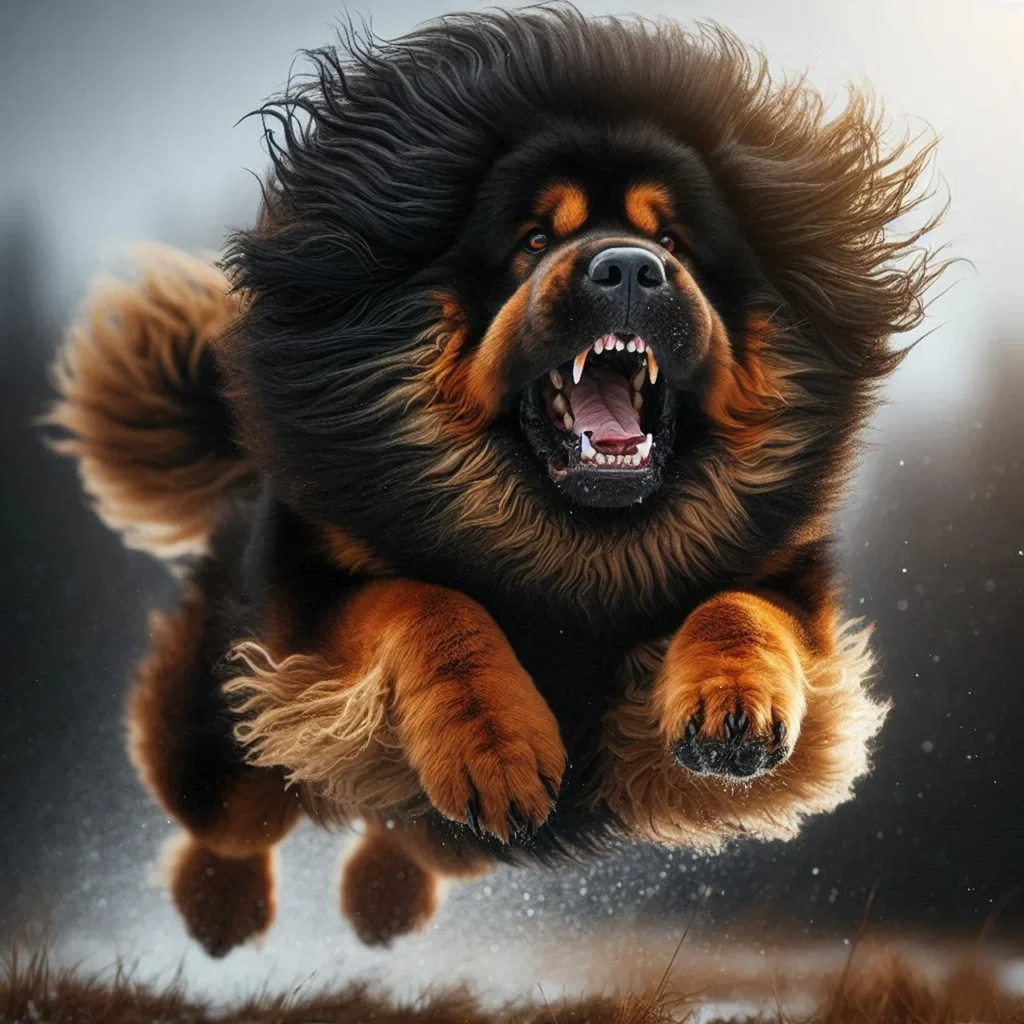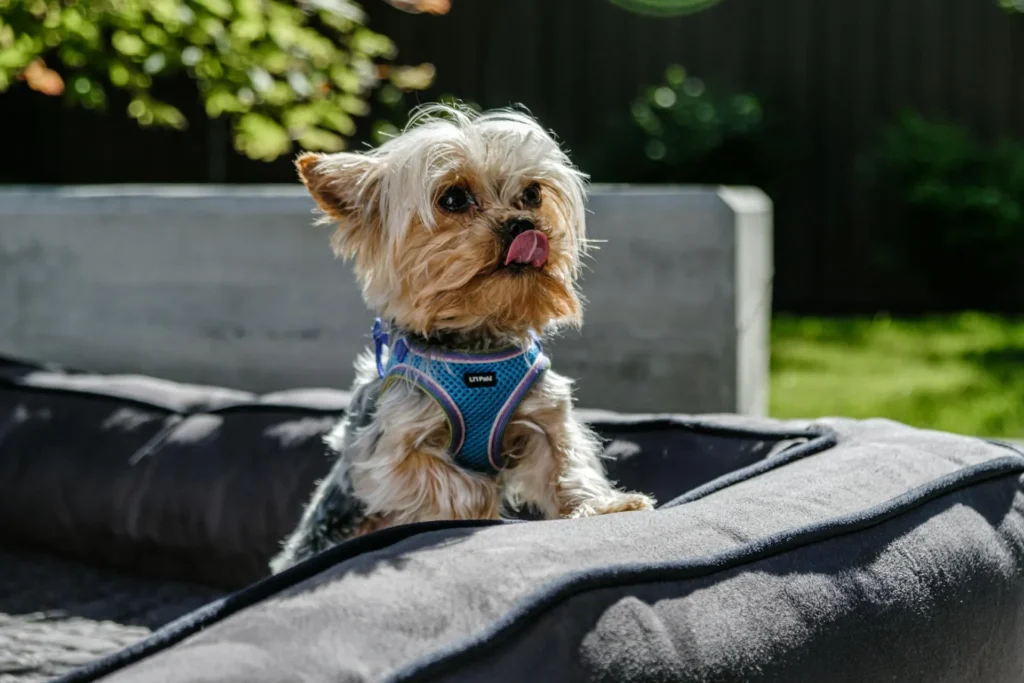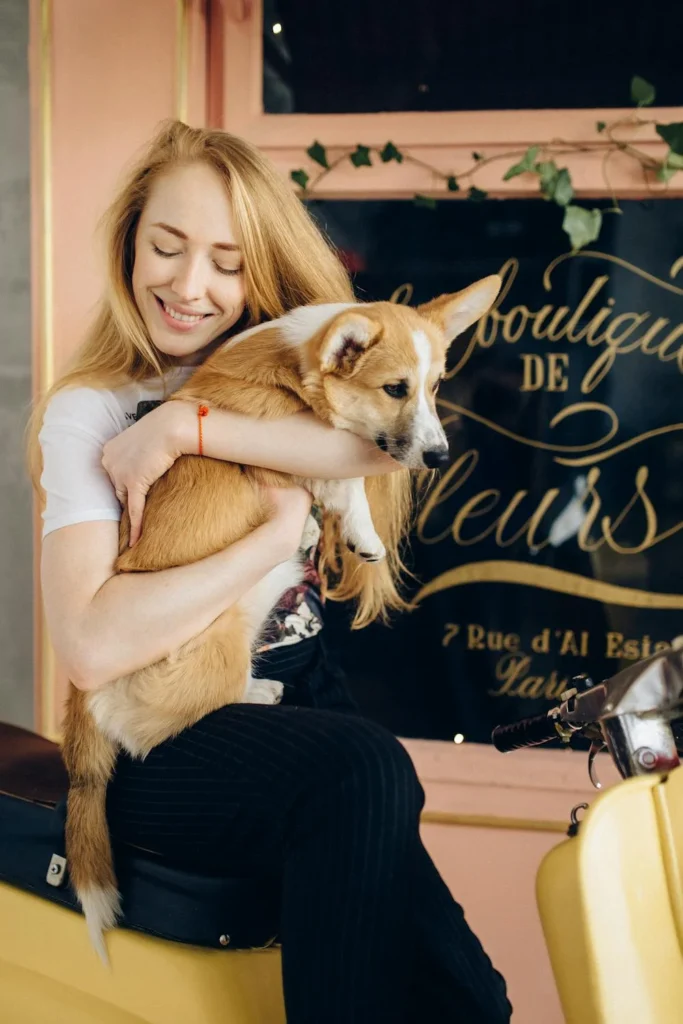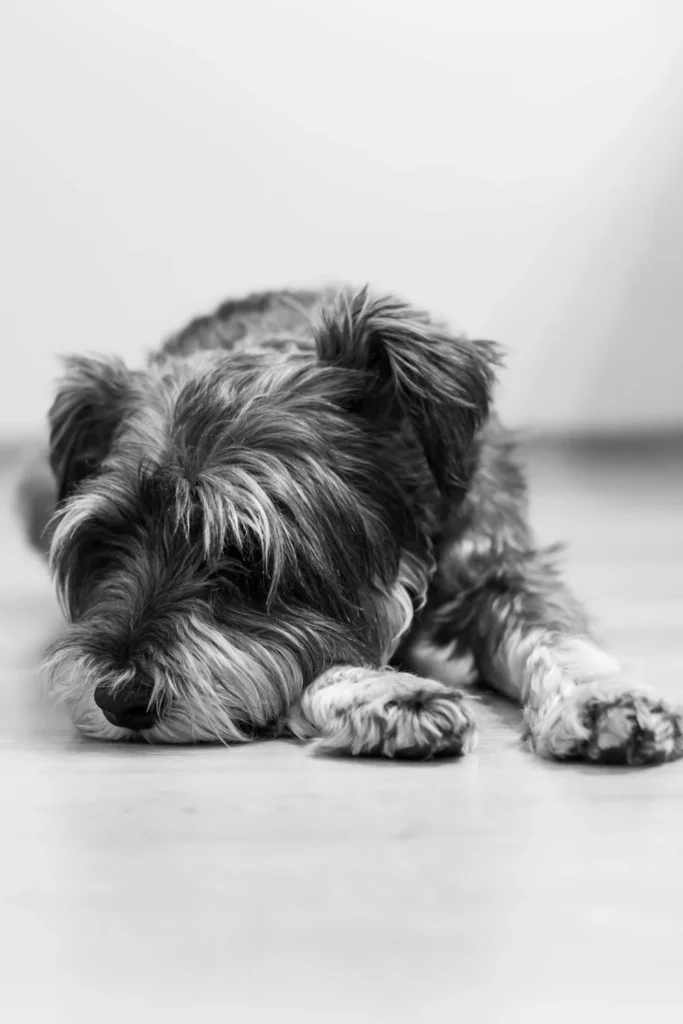- Introduction: The Pug’s Distinctive Profile 🖼️
- The Basics: What Exactly Is a Short Snout? 🤔
- The Historical Journey: From Ancient China to Modern Couch Potato 🏯🛋️
- The Science Behind the Snout: Genetics of Brachycephaly 🧬
- Comparing Pug Snouts: Not All Squish Is Created Equal 📏
- The Pug Snout vs. Other Breeds: A Shortness Showdown 🥊
- The Pros of Pug Snouts: Why We Can’t Resist 😍
- The Cons: When Cute Becomes Concerning 😟
- Health Implications: The Downside of Adorable 🏥
- Signs and Symptoms: When to Worry About Your Pug’s Short Snout 🚨
- Solutions: Helping Your Short-Snouted Friend 🆘
- What’s Normal? Understanding Your Pug’s Baseline 📊
- The Evolution of Pug Snouts: Past, Present, and Future 🔮
- Breeding Practices: The Human Role in Pug Snouts 👨🔬👩🔬
- Ethical Considerations: The Short Snout Debate 🤔💭
- Pug Snout Care: Maintenance for Maximum Cuteness and Comfort 🧼
- The Psychology of Pug Snouts: Why We’re Drawn to Short 🧠❤️
- Pug Snouts in Popular Culture: From Royalty to Internet Stardom 👑🌟
- The Global Perspective: Pug Snouts Around the World 🌍
- Expert Opinions: What Do Vets and Breeders Say? 👨⚕️👩🔬
- The Economics of Short Snouts: A Booming Industry 💰
- Pug Snouts and Technology: Modern Solutions for Ancient Features 🖥️
- The Legal Landscape: Regulations and Pug Snouts ⚖️
- Pug Snouts in Art and Literature: A Cultural Icon 🎨📚
- The Future of Pug Snouts: Trends and Predictions 🔮
- FAQs About Pug Snouts 🤔
- Conclusion: Embracing the Pug Snout Responsibly 🐾💖
- Additional Resources for Pug Lovers 📚🔍
- Final Thoughts: The Power of Knowledge 🧠💪
Introduction: The Pug’s Distinctive Profile 🖼️
When you think of a pug, what’s the first image that pops into your mind? For many, it’s that adorable, squished-in face with a nose that seems to have taken a step back into the skull. This unique feature, known as a short snout or brachycephalic face, is one of the pug’s most defining characteristics. But have you ever wondered why pugs have such compact noses? What’s the story behind this breed’s distinctive profile that makes us go “aww” at first sight?
In this comprehensive guide, we’ll embark on a fascinating journey through the world of pug snouts. We’ll explore everything from the historical origins of this feature to its modern-day implications. Whether you’re a devoted pug parent, a prospective pug adopter, or simply a curious dog enthusiast, this article will provide you with all the information you need to understand and appreciate the pug’s short snout in all its smushed glory.

The Basics: What Exactly Is a Short Snout? 🤔
Before we delve into the whys and hows of pug snouts, let’s establish what we mean by a “short snout” in dogs:
- Brachycephalic: This is the scientific term for short-nosed dogs. It comes from the Greek words “brachy” (short) and “cephalic” (head).
- Compressed muzzle: The most noticeable feature is a significantly shortened and widened muzzle.
- Upturned nose: The nostrils often face upwards rather than straight ahead.
- Wrinkled nose bridge: The skin over the shortened muzzle often forms wrinkles.
- Underbite: The lower jaw often extends beyond the upper jaw due to the shortened upper jaw.
Now that we have a clear picture of what constitutes a short snout, let’s explore why pugs have developed this distinctive look.
The Historical Journey: From Ancient China to Modern Couch Potato 🏯🛋️
The pug’s short snout didn’t appear overnight. It’s the result of centuries of selective breeding. Let’s take a walk through history:
Ancient Origins 🇨🇳
- Pugs originated in China around 400 BCE.
- They were bred as companion dogs for Chinese royalty.
- The short snout was likely an attempt to create human-like expressions and reduce aggression.
European Arrival 🇪🇺
- Pugs arrived in Europe in the 16th century via Dutch traders.
- They quickly became popular among European nobility.
- Breeding for exaggerated features, including shorter snouts, intensified.
Modern Era 🌍
- The 19th and 20th centuries saw further emphasis on the short snout.
- Breed standards were established, cementing the pug’s distinctive look.
- Today, pugs are one of the most recognizable short-nosed breeds worldwide.
The Science Behind the Snout: Genetics of Brachycephaly 🧬
The pug’s short snout is more than just a cute quirk – it’s a result of specific genetic factors:
- SMOC2 gene: A mutation in this gene is associated with brachycephaly in dogs.
- BMP3 gene: Another gene linked to skull shape in dogs.
- Selective breeding: Humans have deliberately chosen dogs with shorter snouts to breed.
- Neoteny: The short snout may trigger a nurturing response in humans by resembling infant features.
Comparing Pug Snouts: Not All Squish Is Created Equal 📏
Believe it or not, there’s quite a bit of variation in pug snouts. Let’s compare:
Table: Pug Snout Variations
| Type | Snout Length | Nostril Openness | Wrinkle Factor | Health Implications |
|---|---|---|---|---|
| Extreme Short | Very short | Often pinched | High | Higher risk of health issues |
| Moderate Short | Short but not extreme | Moderately open | Moderate | Moderate health risks |
| Longer Snout | Slightly longer | More open | Lower | Generally healthier |
Note: These variations can occur within the breed standard, but “longer snout” pugs may not be considered show quality.
The Pug Snout vs. Other Breeds: A Shortness Showdown 🥊
How do pugs stack up against other short-nosed breeds? Let’s find out:
Table: Brachycephalic Breed Comparison
| Breed | Snout Shortness (1-10) | Notable Features | Common Health Issues |
|---|---|---|---|
| Pug | 9 | Very wrinkled, curled tail | Breathing problems, eye issues |
| French Bulldog | 8 | Bat ears, muscular build | Similar to pugs, spinal issues |
| English Bulldog | 9 | Massive head, loose skin | Severe breathing issues, skin folds |
| Shih Tzu | 7 | Long coat, slightly longer snout | Eye problems, dental issues |
| Pekingese | 8 | Long coat, lion-like mane | Breathing issues, eye problems |
The Pros of Pug Snouts: Why We Can’t Resist 😍
There’s no denying that pug snouts have their charms. Here are some reasons why people love them:
- Cute factor: The short snout often triggers a nurturing response in humans.
- Expressive face: The wrinkles and large eyes create a range of human-like expressions.
- Unique appearance: Pugs stand out from other breeds with their distinctive look.
- Snoring companion: Some find the pug’s snoring comforting (though it can indicate health issues).
- Low-maintenance grooming: Shorter snouts mean less fur around the muzzle to clean.
The Cons: When Cute Becomes Concerning 😟
However, the short snout isn’t all cuddles and charm. There are significant downsides:
- Breathing difficulties: The shortened airway can lead to respiratory problems.
- Heat intolerance: Difficulty panting effectively to cool down.
- Dental problems: Overcrowded teeth due to the shortened jaw.
- Eye issues: Protruding eyes are prone to injury and conditions like dry eye.
- Skin fold infections: Wrinkles around the nose can harbor bacteria if not cleaned regularly.
Health Implications: The Downside of Adorable 🏥
Let’s dive deeper into the health issues that can arise from the pug’s short snout:
Brachycephalic Obstructive Airway Syndrome (BOAS) 🫁
- Narrowed nostrils
- Elongated soft palate
- Collapsed larynx
- Can lead to severe breathing difficulties
Dental Issues 🦷
- Overcrowding
- Misalignment
- Increased risk of periodontal disease
Eye Problems 👁️
- Corneal ulcers
- Dry eye
- Proptosis (eye popping out of socket)
Heat Stroke Risk 🌡️
- Inability to cool effectively through panting
- Higher risk in warm weather or during exercise
Signs and Symptoms: When to Worry About Your Pug’s Short Snout 🚨
Be on the lookout for these signs that your pug’s short snout might be causing problems:
- Noisy breathing: Snoring, snorting, or wheezing even when at rest.
- Exercise intolerance: Struggling to keep up on walks or play sessions.
- Heat sensitivity: Overheating quickly, especially in warm weather.
- Open-mouth breathing: Consistently breathing through the mouth, even at rest.
- Sleep disturbances: Frequent waking or restless sleep due to breathing issues.
- Fainting or collapsing: Especially after exercise or excitement.
- Blue-tinged gums: A sign of poor oxygenation.
Solutions: Helping Your Short-Snouted Friend 🆘
While we can’t change your pug’s facial structure, there are ways to mitigate the associated problems:
- Weight management: Keeping your pug at a healthy weight reduces strain on their respiratory system.
- Climate control: Ensure a cool environment, especially during hot weather.
- Proper hygiene: Regular cleaning of facial folds to prevent infections.
- Harness, not collar: Use a harness instead of a collar to reduce pressure on the airways.
- Limit exercise in heat: Avoid strenuous activity during hot weather.
- Raised food and water bowls: These can make eating and drinking easier.
- Surgical interventions: In severe cases, surgery may be necessary to widen nostrils or shorten the soft palate.
What’s Normal? Understanding Your Pug’s Baseline 📊
It’s important to know what’s normal for a pug and what’s cause for concern:
Normal Pug Traits
- Some snoring and snorting
- Slightly noisy breathing during exercise
- Moderate exercise tolerance
- Some wrinkles around the nose
Abnormal Signs
- Excessive respiratory noise or effort at rest
- Inability to exercise for more than a few minutes
- Frequent gagging or vomiting
- Constant open-mouth breathing
The Evolution of Pug Snouts: Past, Present, and Future 🔮
Let’s take a look at how pug snouts have changed over time and what the future might hold:
Historical Pugs (Pre-20th Century)
- Longer snouts
- Less extreme facial features
- More similar to other small companion dogs
Modern Show Pugs (20th-21st Century)
- Extremely short snouts
- Wrinkly skin around the nose
- More pronounced underbite
The Future of Pugs?
- Growing awareness of health issues
- Potential breeding for slightly longer snouts
- Focus on “retro pugs” with more moderate features
Breeding Practices: The Human Role in Pug Snouts 👨🔬👩🔬
The pug’s short snout is a direct result of human intervention. Let’s explore the breeding practices that have shaped this breed:
- Selective breeding: Choosing dogs with shorter snouts to reproduce.
- Breed standards: Formal descriptions that favor extreme facial features.
- Show culture: Rewarding dogs with more exaggerated characteristics.
- Market demand: Puppy buyers often prefer the “cutest” (i.e., shortest) snouts.
Ethical Considerations: The Short Snout Debate 🤔💭
The pug’s short snout has become a topic of heated debate in recent years:
Arguments For Short Snouts
- Cultural and historical significance
- Beloved breed characteristics
- Strong human-animal bond
Arguments Against Short Snouts
- Health and welfare concerns
- Ethical questions about breeding for appearance over health
- Potential for suffering due to anatomical extremes
Pug Snout Care: Maintenance for Maximum Cuteness and Comfort 🧼
Caring for a pug’s short snout requires some special attention:
- Wrinkle cleaning: Daily gentle cleaning and drying of facial folds.
- Nose care: Moisturizing dry nose leather.
- Dental hygiene: Daily tooth brushing to combat overcrowding issues.
- Eye care: Regular wiping around eyes to prevent tear stains.
- Temperature management: Avoiding extreme heat and providing cooling options.
The Psychology of Pug Snouts: Why We’re Drawn to Short 🧠❤️
There’s a fascinating psychological aspect to our love of pug snouts:
- Baby schema: Short snouts trigger nurturing instincts associated with human infants.
- Anthropomorphism: Human-like expressions make us feel more connected.
- Uniqueness: Standing out from other dogs makes pugs memorable.
- Emotional mirroring: Wrinkles create the illusion of human-like emotions.
Pug Snouts in Popular Culture: From Royalty to Internet Stardom 👑🌟
Pugs and their distinctive snouts have left quite a mark on popular culture:
- Historical figures: William of Orange, Napoleon’s wife Josephine were pug enthusiasts.
- Movies and TV: “Men in Black,” “Frank” feature pugs prominently.
- Social media: Pug accounts often have millions of followers.
- Merchandise: Pug faces appear on everything from t-shirts to phone cases.
The Global Perspective: Pug Snouts Around the World 🌍
Attitudes towards pug snouts vary globally:
- China: Considered lucky, but growing awareness of health issues.
- UK: Increasing concern, with some calls to change breed standards.
- Netherlands: Stricter breeding regulations for brachycephalic dogs.
- USA: Still widely popular, but with growing health awareness.
Expert Opinions: What Do Vets and Breeders Say? 👨⚕️👩🔬
Let’s hear from the professionals:
“While pugs are undeniably charming, their short snouts pose significant health risks that we as veterinarians often have to address.” – Dr. Emily Thompson, DVM
“Responsible breeding can maintain the pug’s beloved characteristics while improving health. It’s about finding a balance between appearance and well-being.” – John Davis, Pug Breeder
The Economics of Short Snouts: A Booming Industry 💰
The popularity of pugs and other short-snouted breeds has created a significant economic impact:
- Pet industry: Specialized products for brachycephalic dogs
- Veterinary care: Increased demand for specialists in brachycephalic health issues
- Insurance: Higher premiums for breeds prone to health problems
- Breeding: Premium prices for pugs with “desirable” features
Pug Snouts and Technology: Modern Solutions for Ancient Features 🖥️
Advancements in technology are helping address some of the challenges posed by short snouts:
- 3D printing: Custom-made devices to aid breathing
- Advanced imaging: Better diagnosis of airway issues
- Genetic testing: Identifying dogs at higher risk for brachycephalic syndrome
- Climate-controlled products: Smart devices to help regulate pug body temperature
The Legal Landscape: Regulations and Pug Snouts ⚖️
As awareness of brachycephalic health issues grows, so does legal and regulatory attention:
- Breeding regulations: Some countries are implementing stricter rules for breeding brachycephalic dogs
- Airline restrictions: Many airlines have banned or restricted short-snouted breeds due to health risks
- Insurance policies: Some companies are adjusting coverage based on breed-specific health risks
- Animal welfare laws: Increased scrutiny on breeding practices that may cause suffering
Pug Snouts in Art and Literature: A Cultural Icon 🎨📚
The pug’s distinctive profile has inspired artists and writers for centuries:
- Paintings: Featured in works by Goya and Hogarth
- Literature: Mentioned in works by Jane Austen and Victor Hugo
- Modern art: Popular subject in contemporary pop art
- Children’s books: Starring roles in numerous kids’ stories
The Future of Pug Snouts: Trends and Predictions 🔮
What does the future hold for pug snouts? Here are some potential trends:
- Healthier breeding: Movement towards slightly longer snouts
- Genetic interventions: Potential for gene editing to reduce health risks
- Increased regulation: More countries may implement breeding restrictions
- Public awareness: Growing understanding of brachycephalic health issues
- Alternative breeds: Rise in popularity of healthier alternative breeds with similar personalities
FAQs About Pug Snouts 🤔
- Q: Are all pugs’ snouts equally short?
A: No, there’s variation within the breed. Some pugs have slightly longer snouts than others. - Q: Can short-snouted dogs breathe normally?
A: Many short-snouted dogs experience some degree of breathing difficulty, especially during exercise or in hot weather. - Q: Do pugs require special care because of their short snouts?
A: Yes, pugs often need extra attention to facial hygiene, temperature regulation, and monitoring for respiratory issues. - Q: Are there any benefits to having a short snout for dogs?
A: While the short snout doesn’t provide functional benefits, it does create the expressive look that many people find endearing. - Q: Can the health issues associated with short snouts be prevented?
A: While some issues are inherent to the facial structure, proper care and responsible breeding can minimize health risks. - Q: Do all short-snouted breeds have the same health issues?
A: While there are common issues among brachycephalic breeds, the severity and specific problems can vary between breeds and individual dogs. - Q: Is it cruel to breed dogs with short snouts?
A: This is a topic of debate. Many argue that breeding for extreme features that cause health issues is unethical, while others believe responsible breeding can maintain the look while improving health. - Q: Can surgery fix breathing problems in short-snouted dogs?
A: In some cases, surgical interventions like widening nostrils or shortening the soft palate can improve breathing, but it’s not a cure-all. - Q: Are pugs the only breed with short snouts?
A: No, there are several brachycephalic breeds, including Bulldogs, French Bulldogs, Shih Tzus, and Pekingese, among others. - Q: Do short-snouted dogs live shorter lives?
A: They can have shorter lifespans due to health issues, but with proper care and good breeding, many can live full, healthy lives.
Conclusion: Embracing the Pug Snout Responsibly 🐾💖
The pug’s short snout is a complex topic that touches on history, genetics, health, ethics, and our own psychology. While these adorable squished faces have captured hearts worldwide, it’s crucial to understand the implications of this bred trait.
As pug lovers and responsible pet owners, we have a duty to:
- Educate ourselves about the potential health issues associated with short snouts
- Provide proper care to mitigate risks and ensure our pugs’ comfort
- Support ethical breeding practices that prioritize health alongside appearance
- Consider adopting rescue pugs or looking into healthier breeding lines
Remember, loving pugs means wanting the best for them – and that includes promoting practices that prioritize their well-being alongside their charming looks.
Whether you’re a pug parent, a potential adopter, or simply a fan of these charismatic dogs, understanding the story behind their short snouts helps us appreciate them even more. It allows us to make informed decisions and provide the best possible care for these beloved companions.
As we move forward, let’s celebrate the pug’s unique charm while advocating for breeding practices that ensure future generations of pugs can breathe easy and live their best lives. After all, a happy, healthy pug is the most adorable pug of all!
Here’s to pugs – in all their snorty, wrinkly, short-snouted glory! May we continue to love them wisely and care for them well. 🐶👑
Additional Resources for Pug Lovers 📚🔍
To further your understanding of pug health and care, consider exploring these resources:
- Books:
- “Pug: Your Happy Healthy Pet” by Elaine Waldorf Gewirtz
- “The Complete Pug Handbook” by Linda Whitwam
- Websites:
- The Pug Dog Club of America (www.pugdogclubofamerica.com)
- The Kennel Club’s Pug Breed Information (www.thekennelclub.org.uk/search/breeds-a-to-z/breeds/toy/pug/)
- Veterinary Resources:
- American College of Veterinary Surgeons (www.acvs.org/small-animal/brachycephalic-syndrome)
- Animal Welfare Organizations:
- The Humane Society’s information on puppy mills and responsible breeding
- Scientific Journals:
- Journal of Small Animal Practice
- Veterinary Clinics: Small Animal Practice
Remember, while online resources are valuable, they should never replace professional veterinary advice for your individual pug’s health needs.
Final Thoughts: The Power of Knowledge 🧠💪
Understanding the intricacies of pug snouts empowers us to be better pet owners, more informed consumers, and stronger advocates for animal welfare. By delving into the why’s, how’s, and what-if’s of those adorable short snouts, we’ve gained valuable insights that can help us make better decisions for our pugs and the breed as a whole.
As we’ve seen, the pug’s short snout is a result of centuries of human intervention, a testament to our long-standing love affair with these charming dogs. But with great love comes great responsibility. Armed with knowledge about the potential health issues, we’re better equipped to provide the specialized care these unique dogs need.
Moreover, this understanding allows us to engage in meaningful discussions about the future of the breed. We can advocate for breeding practices that maintain the pug’s lovable personality while working towards healthier facial structures. We can support research into genetic solutions and improved veterinary care for brachycephalic breeds.
In the end, our goal is simple: to ensure that pugs can continue to bring joy to our lives while living happy, healthy lives themselves. By balancing our appreciation for their distinctive appearance with a commitment to their well-being, we can help secure a bright future for these beloved dogs.
So the next time you look into your pug’s adorable, squished face, remember the rich history and complex science behind that short snout. And as you give them a gentle pat or a loving scratch behind the ears, know that your informed care is helping them live their best life.
Here’s to pugs – may their snorts be joyful, their wrinkles be clean, and their lives be long and healthy! 🐾🎉

